Exploring Japanese Folk Masterpieces: Final Chapter
In this third and final part of our special feature on iconic Japanese folk albums and songs, we continue to delve into how keyboard instruments played a role in shaping the sound of folk music.
The 1970s were the golden era of Japanese folk music, a time when the passion of musicians aligned perfectly with the needs of young people, creating a uniquely Japanese musical culture.
Behind this music were countless musicians, including now-legendary keyboard players and drummers I personally admired, who played a vital role in supporting folk songs.
In this final chapter, we shine a spotlight on the era when these musicians supported folk music and take a fresh look at the music of Kaguya-hime from a different perspective.
A Unit That Embodied the Essence of Folk Songs
Kaguya-hime was a folk group formed by Shozo Ise (guitar), Panda Yamada (upright bass), and Kosetsu Minami (guitar). Their music stood apart from the folk songs presented by artists like Takuro Yoshida and Yosui Inoue, as it leaned heavily on emotional and sentimental elements.
When it comes to Kaguya-hime, the song that immediately comes to mind is "Kandagawa." This piece captured a fragment of youth culture during the Showa era, vividly portraying a single scene. It sparked a trend around the concept of "cohabitation" and gave birth to a new genre known as "Four-and-a-Half Tatami Folk."
The Role of Traditional Keyboard Instruments
Like Yosui Inoue and Takuro Yoshida, Kaguya-hime had many songs that could be performed with just a guitar. However, various keyboard instruments were also prominently featured in their music.
Timeless sounds from instruments like the Hammond organ, Fender Rhodes electric piano, and acoustic piano—still beloved by musicians today—breathe life into Kaguya-hime's music.
■ Recommended Album: "Kaguya-hime LIVE" (1974)
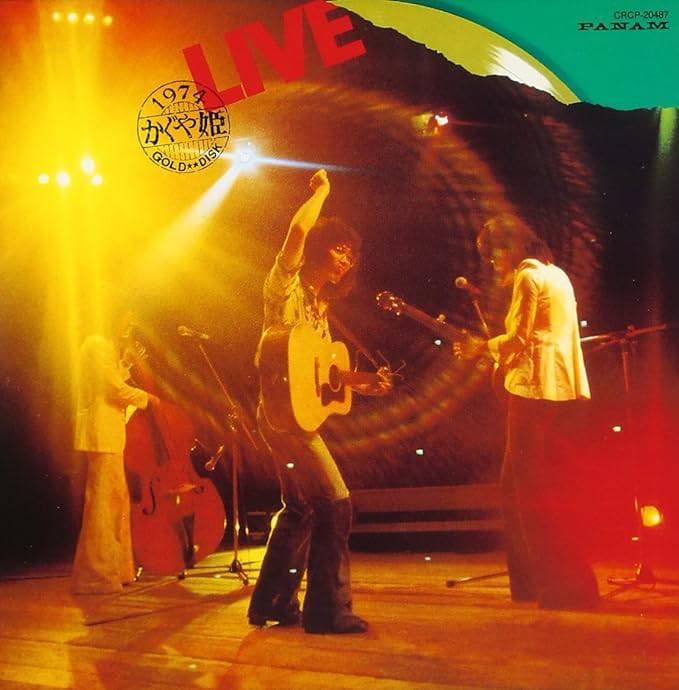
Kaguya-hime's second live album, "Kaguya-hime LIVE," was recorded during concerts at Kyoto Kaikan and Osaka Welfare Pension Hall in July 1974. The album features an ensemble centered on acoustic guitars, flat mandolin, and the trio's harmonious vocals, making it a familiar and approachable listen for folk music fans.
At the same time, tracks like "Peten-shi" showcase band ensembles incorporating electric instruments, allowing listeners to experience the depth and versatility of Kaguya-hime's musical repertoire.
Recommended Track: "Peten-shi" ("The Con Artist")
The track "Peten-shi" was composed by Shozo Ise and prominently features the Hammond organ, which plays a crucial role throughout. The fast-paced phrasing in the intro defies traditional folk song expectations. In the chorus, the Leslie speaker switches to high rotation, and the organ transitions from glissando to chord backing—a classic Hammond organ style.
The drums are performed by the young Shuichi "Ponta" Murakami. His hi-hat work in the intro, paired with the Hammond organ, showcases his signature phrasing. The dynamic ensemble between these two elements stands out as the song's highlight, making it an unforgettable listening experience.
■ Recommended Album: "Kaguya-hime Forever" (1975)
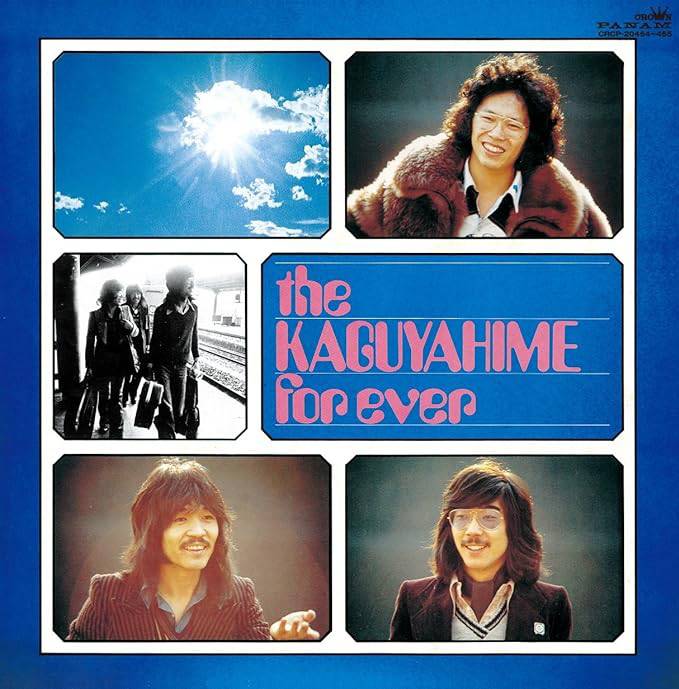
A two-disc best-of album released to mark Kaguya-hime's breakup, "Kaguya-hime Forever" features a diverse lineup of their hit songs and live recordings.
A highlight of the album is its inclusion of five newly recorded tracks, such as "Kono Aki ni," "Omokage-iro no Sora," "Ima wa Chigau Kisetsu," and "Ano Hito no Tegami." Masataka Matsutoya contributed to the arrangement and performance, with his acoustic piano and synthesizer solos serving as standout moments in the album.
Recommended Track: "Boku no Mune de Oyasumi" ("Rest in My Arms")
Kaguya-hime's fourth single, "Boku no Mune de Oyasumi," was the group’s first song to rank in the Oricon Singles Top 100. Written and composed by Panda Yamada (under the name Tsuguto), it features Kosetsu Minami on lead vocals.
The refreshing intro, played on a Fender Rhodes electric piano, is particularly memorable, with the instrument providing the backbone of the entire track.
What stands out are the rich tones of the cello, flute, and strings. Arranger Takahiko Ishikawa incorporates the Mellotron to create a lush ensemble, and the string sounds produced by the Mellotron in the song's closing resemble the strings in King Crimson's iconic track "Epitaph."
On the B-side, "Abbey Road no Machi," listeners can catch the voice of Tatsuro Yamashita, who at the time made a living as a session vocalist before his rise to fame.
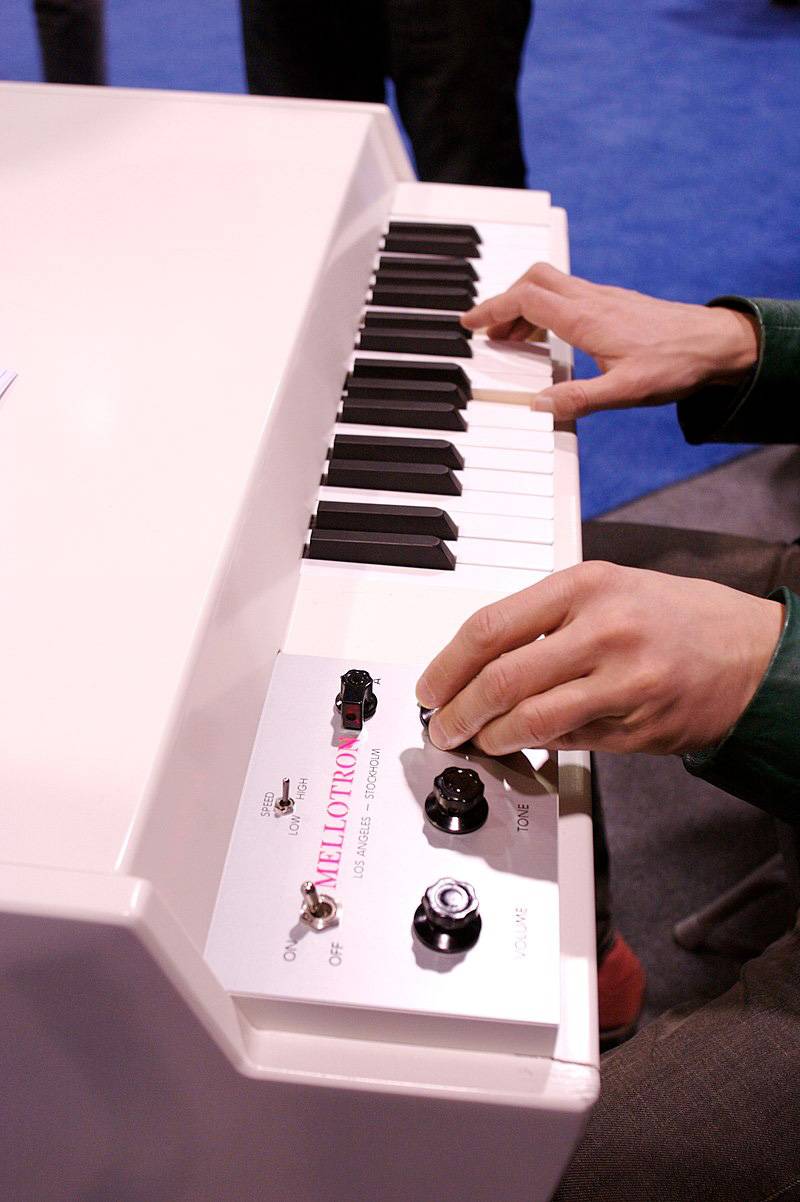
The Mellotron, CC BY-SA 2.0 DEED (as cited from Wikipedia)
The Mellotron is a keyboard instrument where each key is connected to its own tape recorder. Pressing a key triggers the tape to play, producing sounds such as strings or flutes. Due to the fixed length of the tape, each note can only sustain for about 8 seconds.
It became a favorite among progressive rock musicians, including King Crimson and The Moody Blues. While it doesn’t perfectly replicate real instruments, its unique, slightly worn tones—especially in the higher registers—give it a distinct character. This slightly "worn" quality has captivated many musicians, making the Mellotron a timeless tool for creating evocative sounds.
Recommended Track: "Omokage-iro no Sora" ("Sky in Shades of Memories")
"Omokage-iro no Sora" is one of the newly recorded tracks for "Kaguya-hime Forever." Given that Masataka Matsutoya played piano on another new recording, "Kono Aki ni," it’s likely that he also performed on this track.
Unlike the arrangement on "Kaguya-hime On Stage," this version adopts a Western-style feel, with steel guitar prominently featured. The highlight of the track is undoubtedly Matsutoya’s acoustic piano solo, which provides a glimpse into the musical direction and artistry of the time.
Recommended Track: "Ima wa Chigau Kisetsu" ("Now It's a Different Season")
Arranged by Masataka Matsutoya、 "Ima wa Chigau Kisetsu" is another newly recorded track for "Kaguya-hime Forever." The intro、 featuring a combination of a Minimoog synthesizer and a Hammond organ, is quintessential Matsutoya, leaving a strong impression.
The mid-section includes a simple yet expressive solo on the Minimoog, showcasing expert use of portamento to create a warm, flowing sound.
Musicians, Albums, and Recommended Tracks Featured This Time
- Artists: Kaguya-hime, Masataka Matsutoya, Shuichi "Ponta" Murakami, and others
- Albums: "Kaguya-hime LIVE", "Kaguya-hime Forever"
- Recommended Tracks: "Peten-shi", "Boku no Mune de Oyasumi", "Omokage-iro no Sora", "Ima wa Chigau Kisetsu"
The “sound & person” column is made up of contributions from you.
For details about contributing, click here.











![[Synth] Play Guitar Synth with the BOSS GP-10 and Roland GR-55](/contents/uploads/thumbs/5/2022/4/20220425_5_17676_1.jpg)
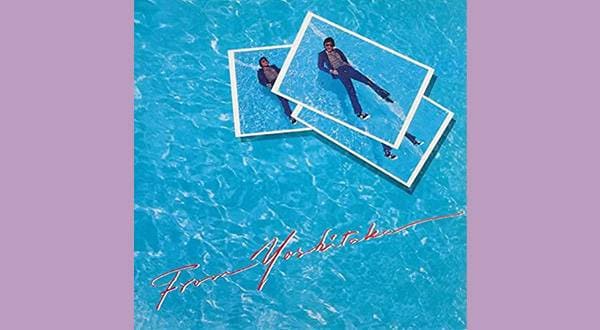
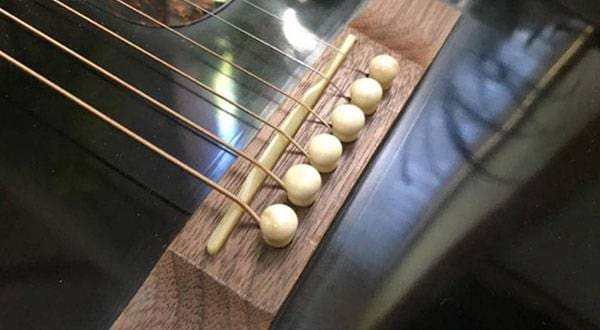
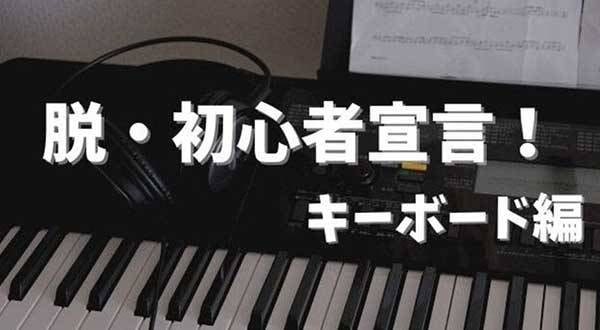

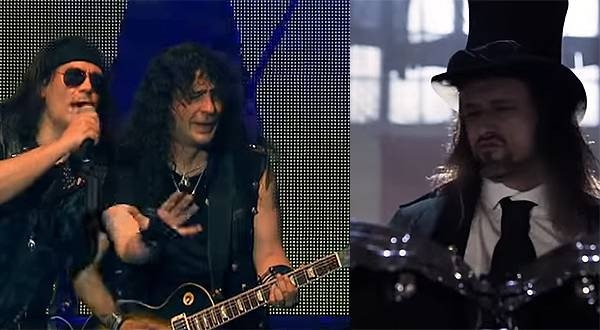
 まずは弾いてみよう!楽譜の読み方
まずは弾いてみよう!楽譜の読み方
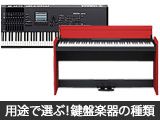 用途で選ぶ!鍵盤楽器の種類
用途で選ぶ!鍵盤楽器の種類
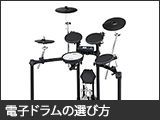 電子ドラムの選び方
電子ドラムの選び方
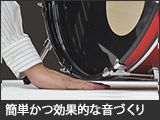 簡単かつ効果的な音づくり
簡単かつ効果的な音づくり
 基本的なドラムセット
基本的なドラムセット
 キーボードスタートガイド
キーボードスタートガイド















